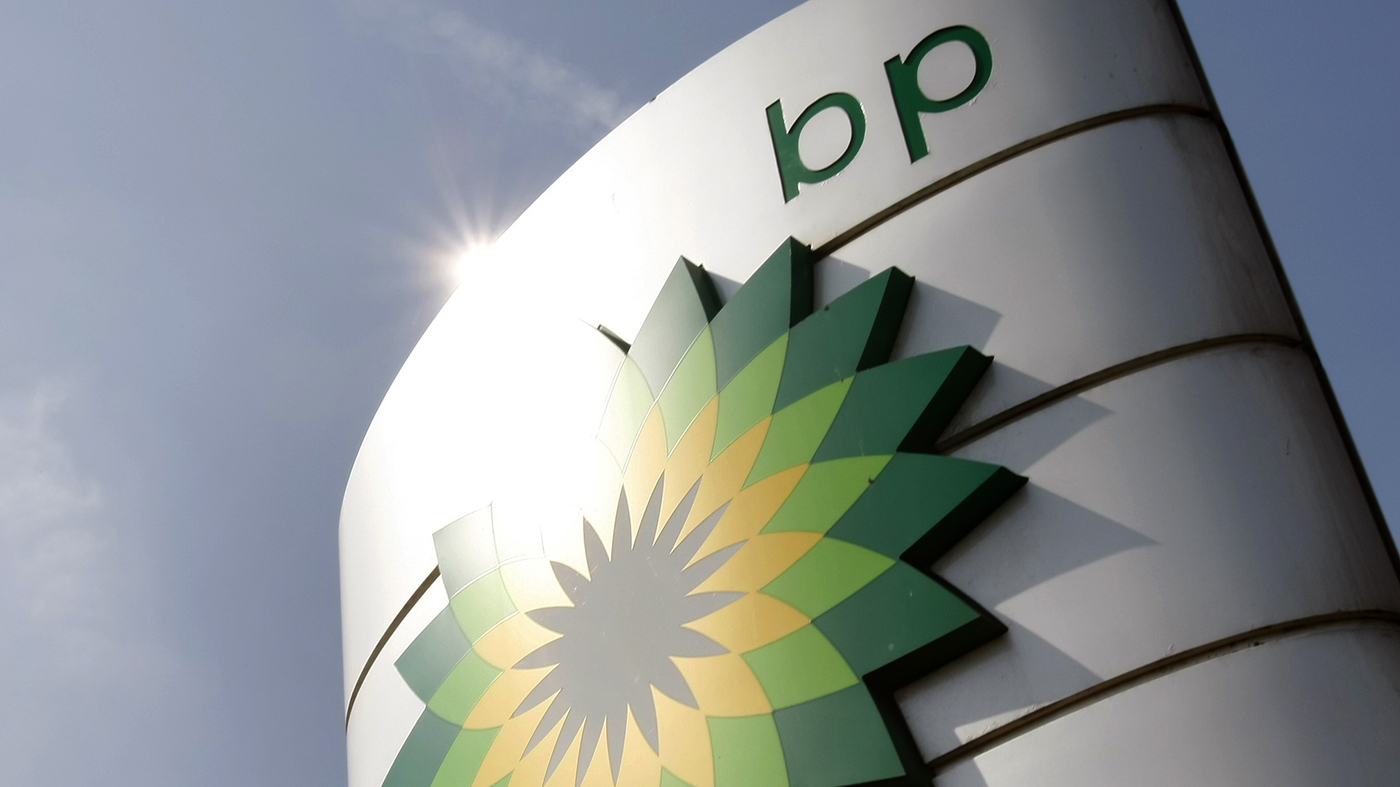Better technology could reduce the average production costs of all oil and gas resource classes by about 30% per barrel of oil equivalent by 2050, oil and gas supermajor BP said in its Technology Outlook 2018 published on Thursday.
The resources with the greatest scope for cost reduction are the most capital intensive, such as deep and ultra-deep water, and those requiring large numbers of wells, such as shale, BP was cited as saying by Yahoo Finance.
Improved rig and platform design, plus subsea and flow-line development, could cut costs for deepwater resources, while in shale drilling and production, a standardized, repetitive manufacturing-style approach could reduce costs, BP reckons.
Despite the technological benefits, the industry will still need to invest about $600 billion annually in upstream oil and gas sectors to meet projected demand, BP warned.
The supermajor’s technology outlook also discussed the hottest themes and buzzwords in technology right now, such as supercomputing, data analytics and artificial intelligence.
“We estimate that application of digital tools, including sensors, supercomputing, data analytics, automation and artificial intelligence, all supported by the networked computers of the ‘cloud’, could reduce primary energy demand and costs in sectors of the energy system by 20-30% by 2050,” BP said.
Another hot topic for the oil industry and the peak oil demand narrative is the pace of the electric vehicles adoption in the world, and BP weighed in on that issue as well.
“In our analysis, the costs of buying, running and fuelling electric and hybrid cars in Europe fall to become competitive with those of internal combustion energy-driven models before 2050,” BP said, noting that its projections show that the average lifetime costs of an electric vehicle would decline by around 50% by 2050 to just under those of a hybrid or a conventional ICE-based vehicle.


